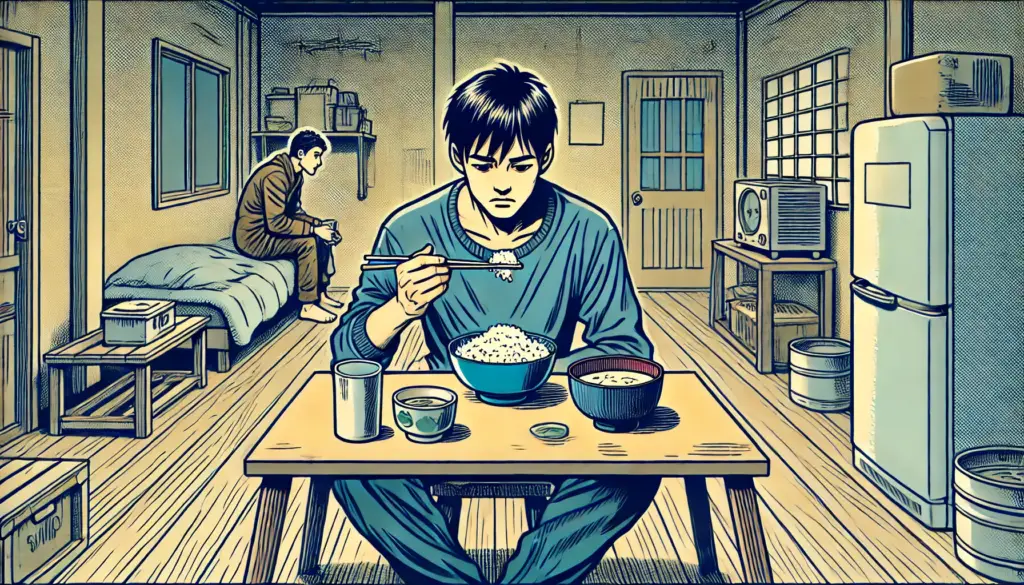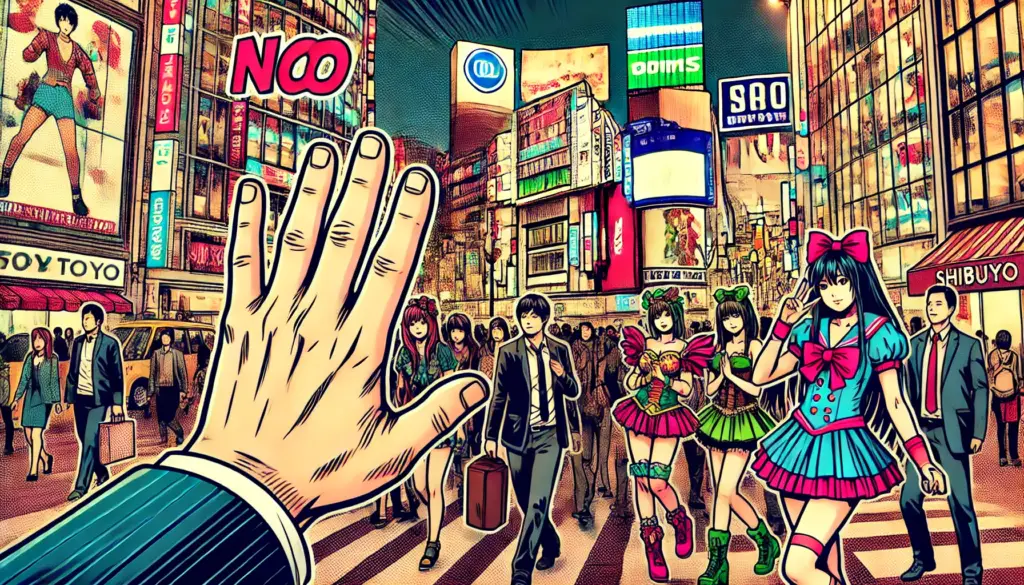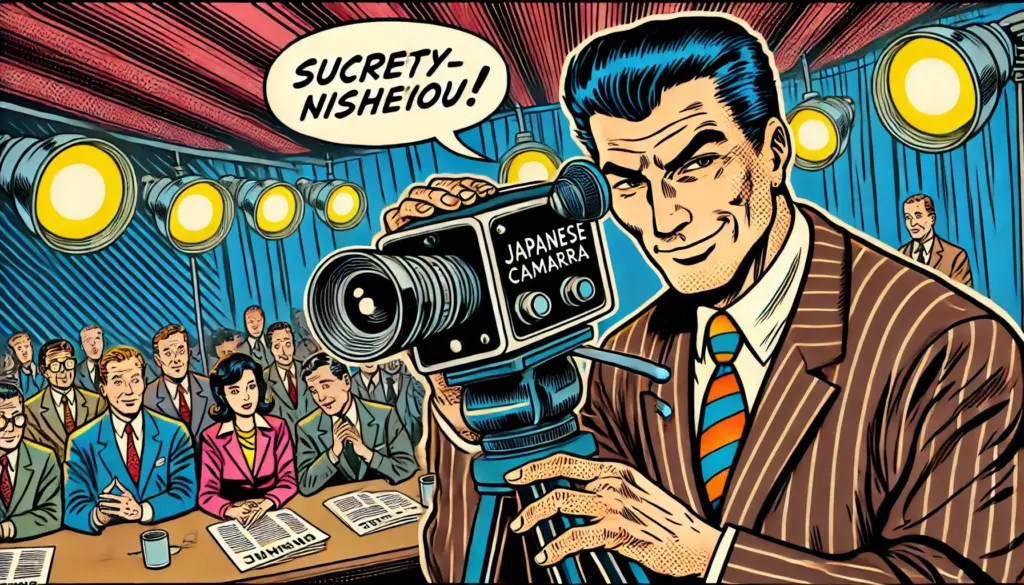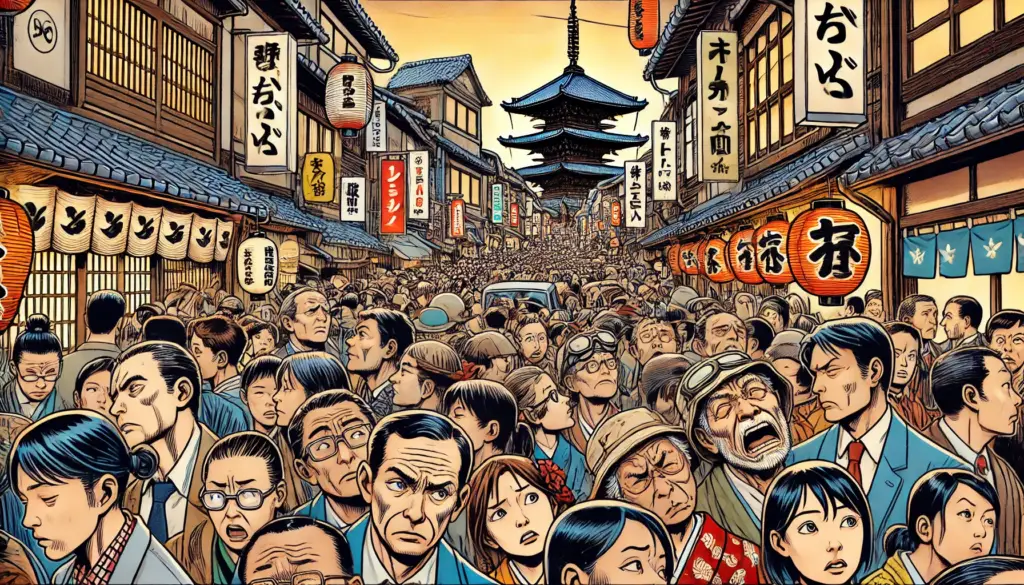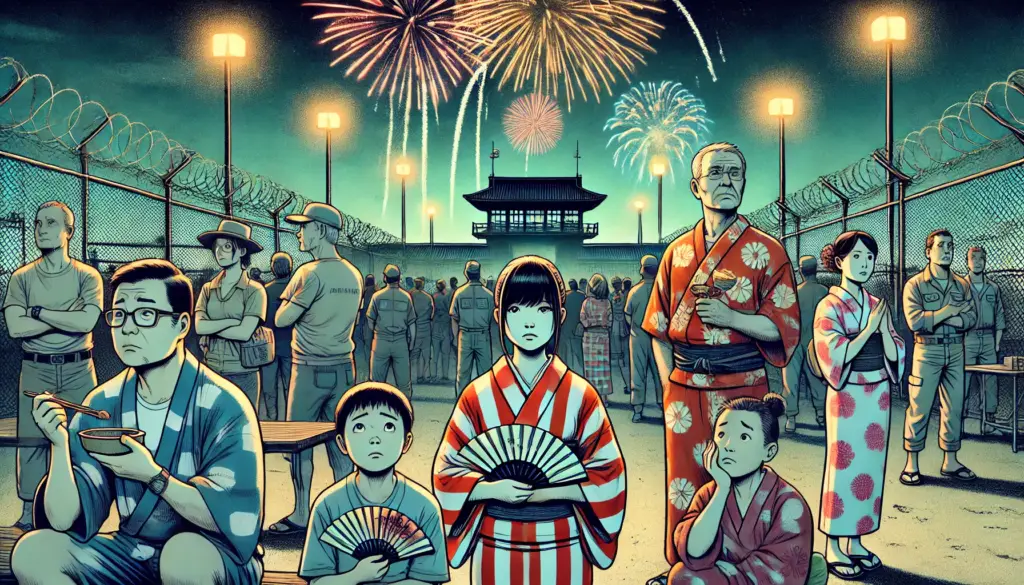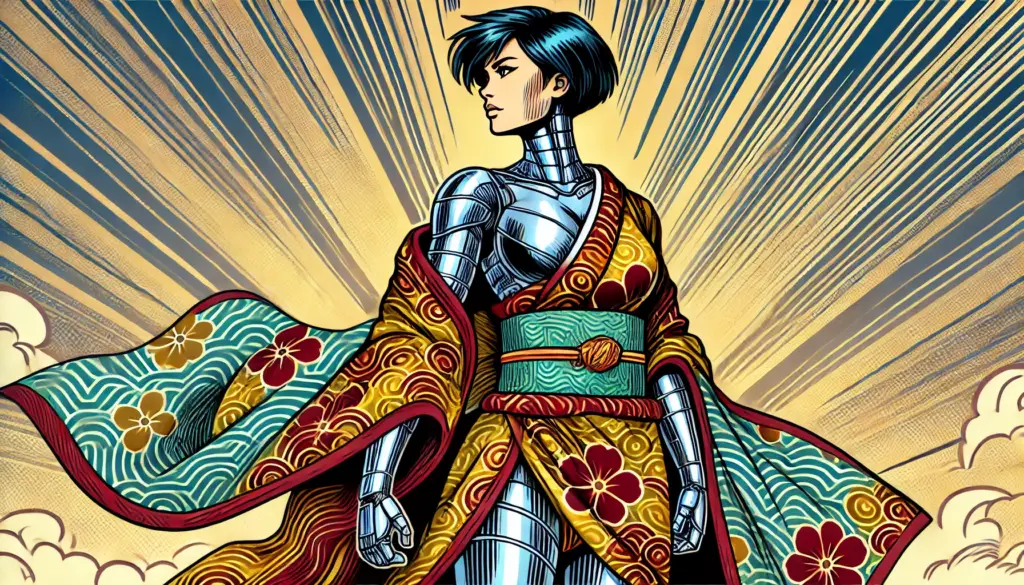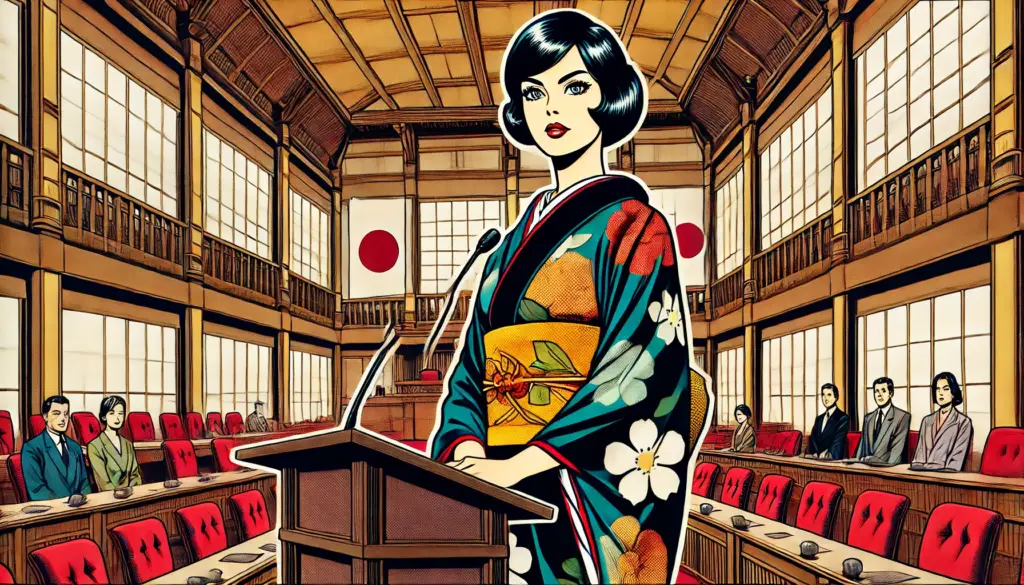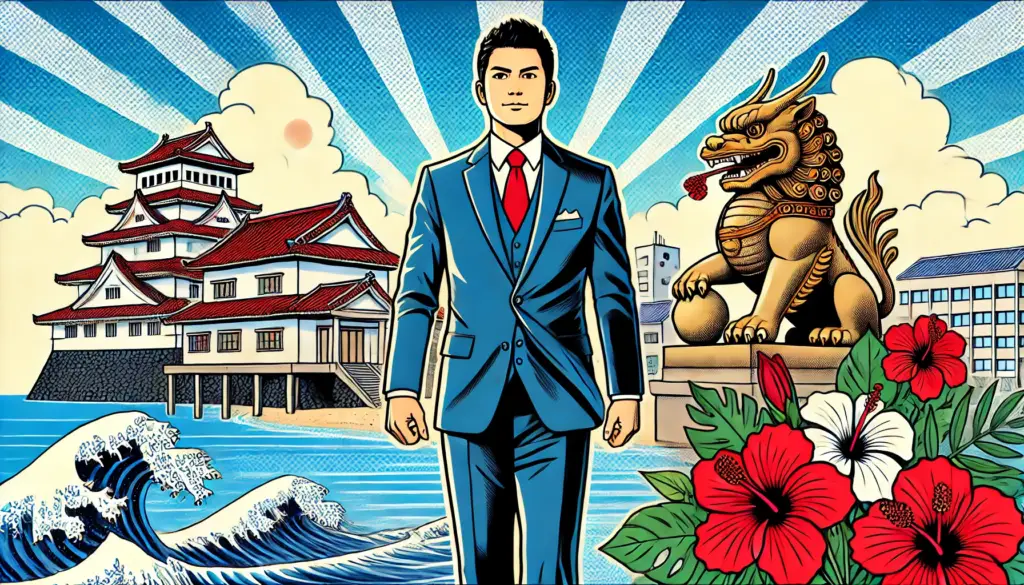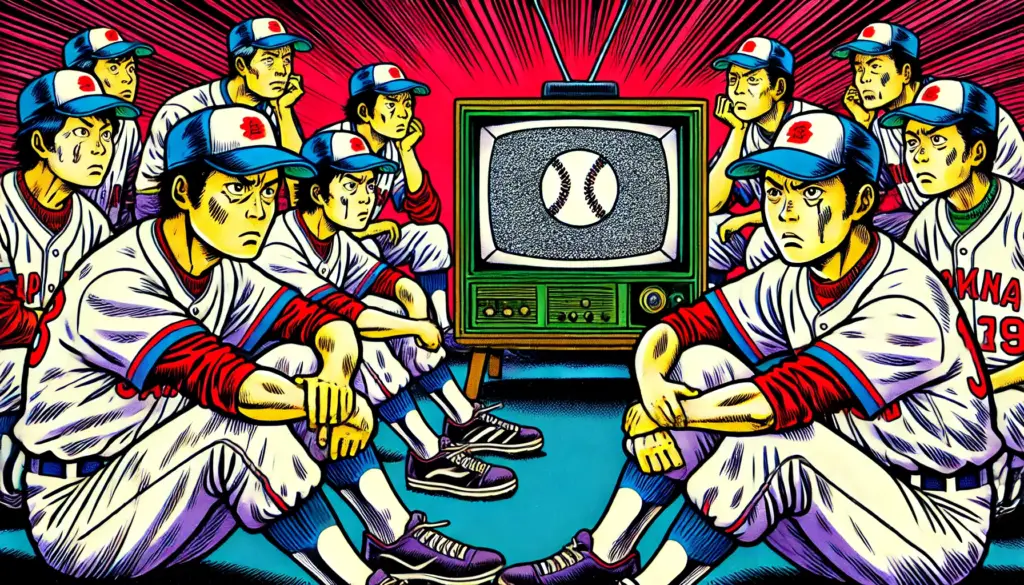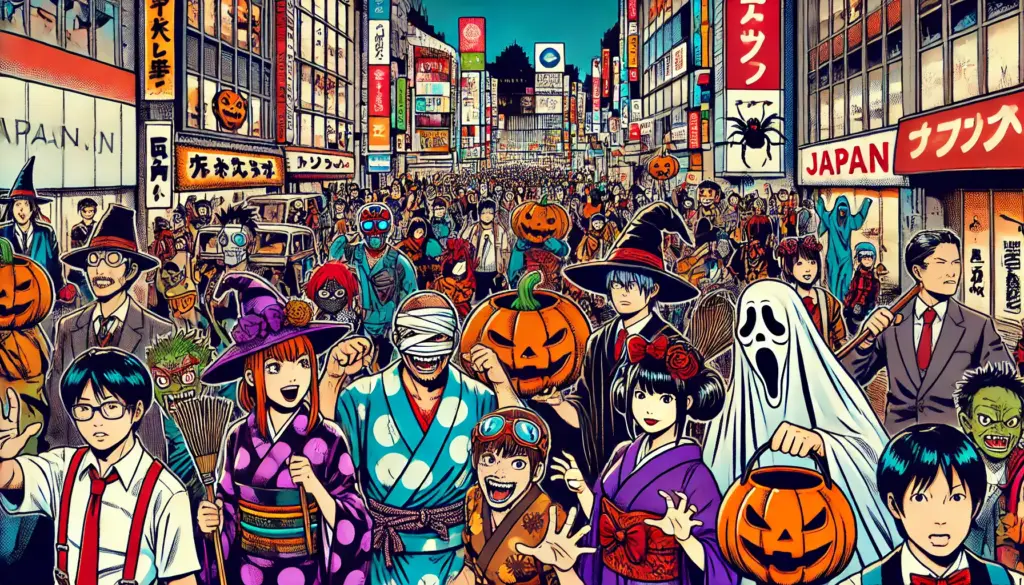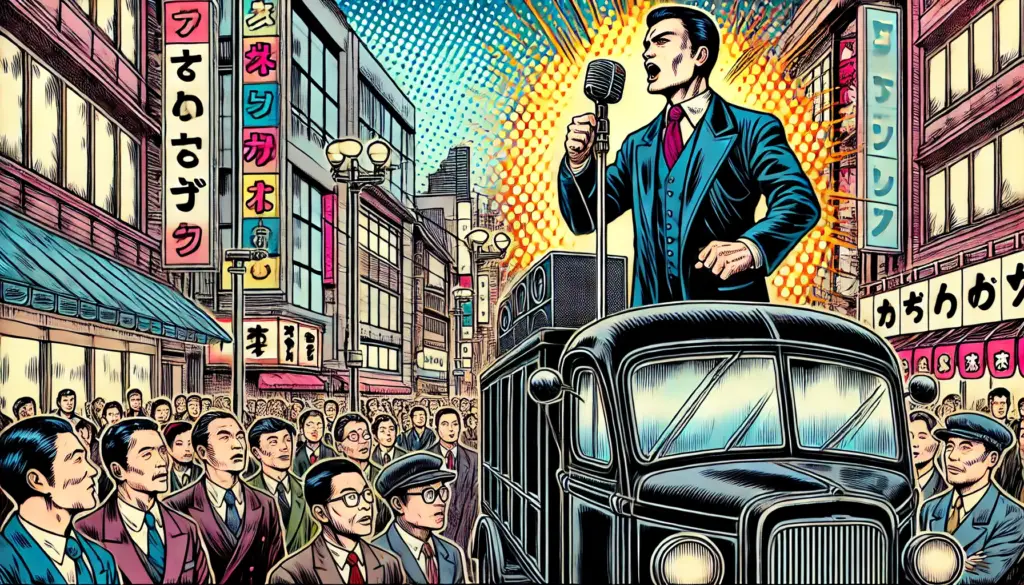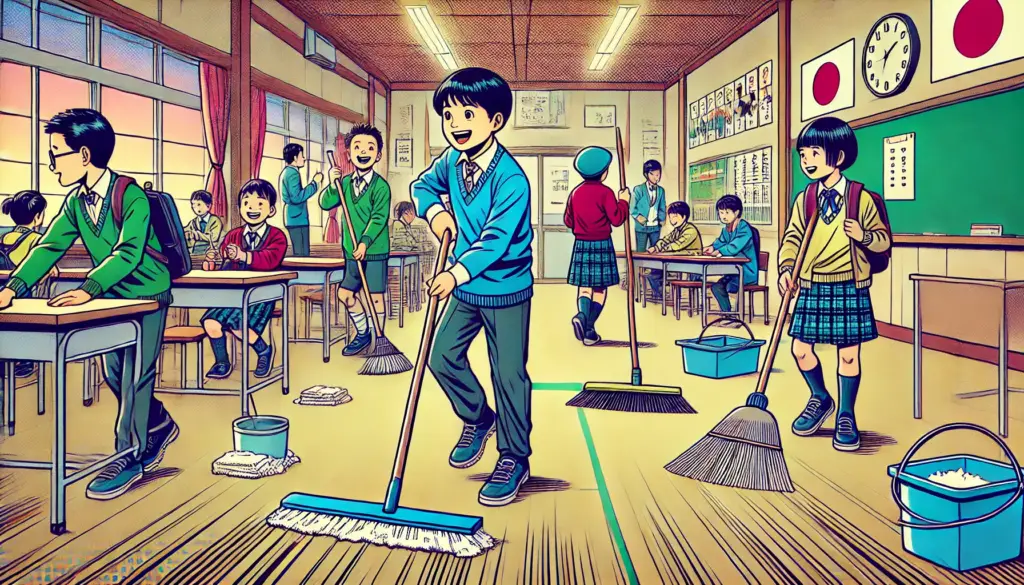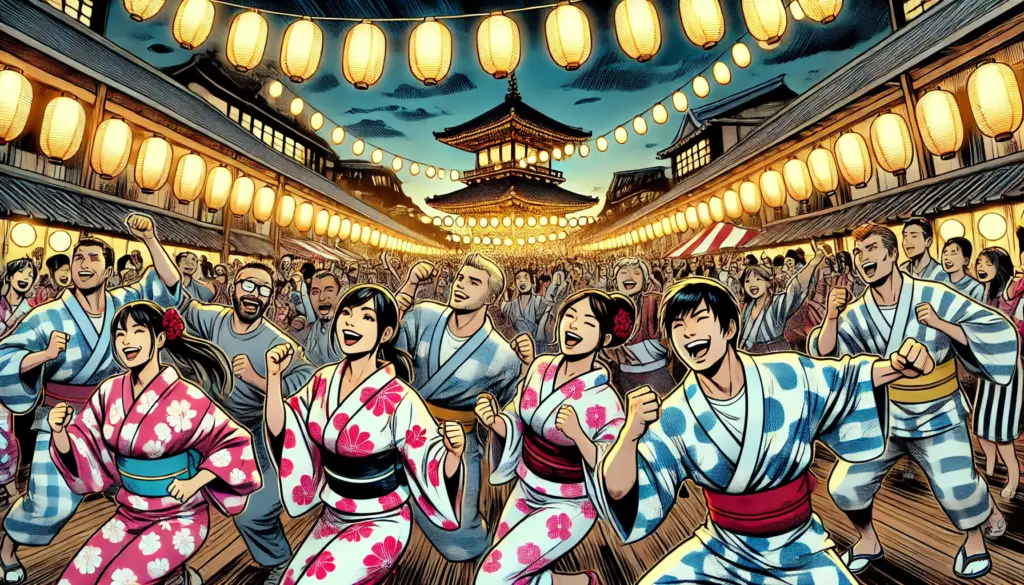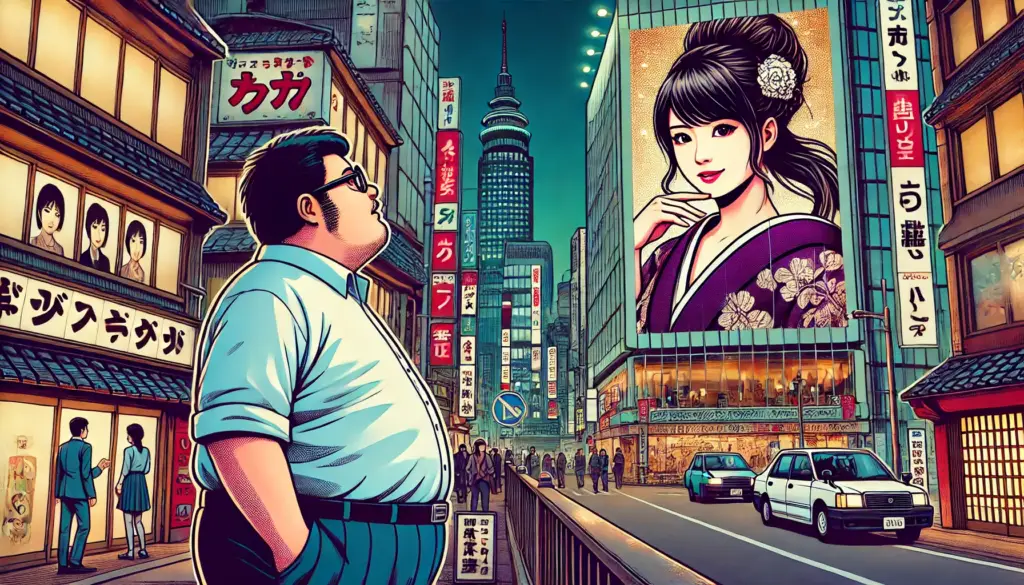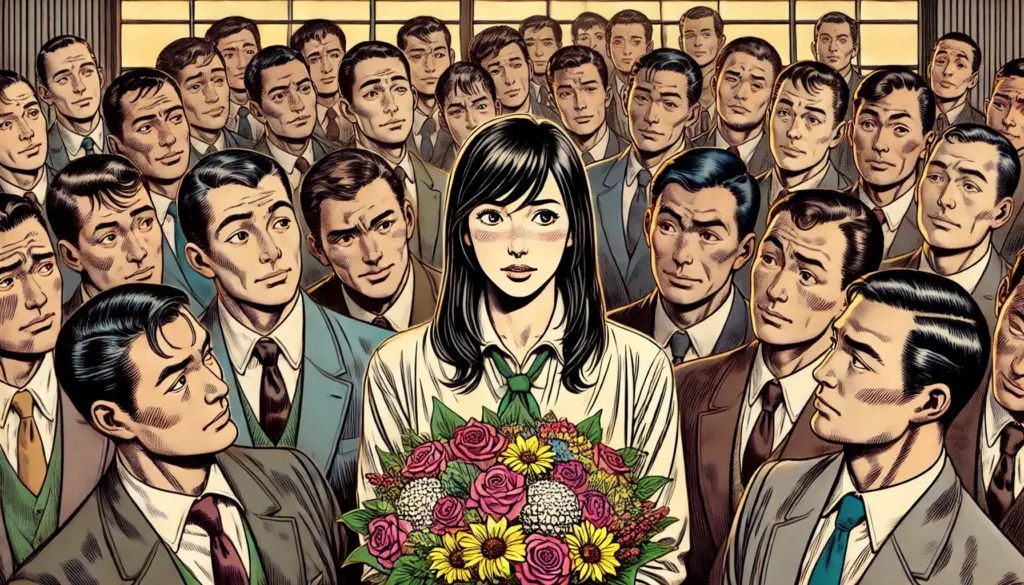
Takarazuka, often dubbed Japan’s own equivalent to Broadway, stands out not only for its glittering musicals but also for being an all-female theatrical world. It’s a realm where women portray both male and female roles in lavish productions that enchant nearly exclusively female audiences. This unique phenomenon raises a compelling question: why do so few men attend or become fans of Takarazuka? Let’s dive into its cultural roots, its appeal, and what this tells us about society and gender.
The Birth of a Women-Only Stage
At its inception in 1913–14, Takarazuka was envisioned by Ichizō Kobayashi as a novel entertainment venture to draw people to the hot springs and boost railway traffic. He assembled a troupe of young girls—originally inspired by a boys’ choir concept—to form what grew into the all-female musical revue we know today. The public reception favored the girls, and even when Kobayashi briefly experimented with mixing in male performers, both the actresses and fans resisted, ultimately leading to the dissolution of the male department by the mid-20th century.
This all-female format has endured largely unchanged ever since.
Inside the World of Takarazuka
Takarazuka’s structure is a finely honed machine. Young women audition into its highly selective music school and train rigorously for two years. They then are divided into otokoyaku (male-role specialists) and musumeyaku (female-role specialists), based on talent and potential. Otokoyaku often adopt short hair and masculine mannerisms, while musumeyaku embody traditional elegance.
The result? A stage world defined by androgyny, where glamour, precision, and dreamlike identities reign.
Performances feature opulent sets, extravagant costumes, sweeping processions, stunning kicklines, and grand staircase finales—an unmistakable blend of Broadway spectacle and unique Takarazuka fantasy. Fans immerse themselves in characters who shimmer between genders, creating an intoxicating theatrical escape.
Why Female Audiences Reign Supreme
Takarazuka’s audience is overwhelmingly female—estimates often cite as much as 90% of attendees. But what drives this near-total female devotion?
- Subversive Gender Play
Scholars suggest that women are drawn to the lesbian overtones inherent in a world where women play all roles. The act of women playing men opens up a fantasy space of fluid identity—what Western scholars sometimes link to “Class S” forms of affection and desire. This gender fluidity offers emotional freedom that traditional societal constraints typically deny women.
This isn’t about sexuality per se, but about the beauty of androgyny, of watching women embody male power without its usual roughness—a kind of idealized, gentle masculinity that feels safe and exhilarating. - An Escape from Constraining Norms
Japan’s rigid gender expectations often limit women to predetermined social roles. In Takarazuka, audiences watch performers “slip” from expected femininity into commanding masculine forms—and back again—creating a tension that’s deeply compelling.
This slippage offers a vicarious experience of freedom, of living outside the norms—something many female viewers cherish. - The Fascination with “Dreams”
For many fans, Takarazuka sells not just performances, but dreams. Devotion to a favorite otokoyaku or musumeyaku often translates into membership in fan clubs, coordinated attendance, and hopeful emotional identification. This collective adoration builds a shared community and reinforces the troupe’s allure.
So, why are male fans so few?
By contrast, male fans are notably rare. Here’s why:
- Feminine-dominated fandom culture: Takarazuka’s world feels intensely “female”—from the cast uniforms to fan rituals, even to the ratios in theater bathrooms. It’s a culture that doesn’t naturally invite male participation.
- Lack of male identification or safe spaces: While female fans may embrace the explorations of gender, men often find fewer points of resonance in this feminine environment. The styling, the discourse, the emotional tone—it all skews decidedly feminine.
- Social expectations and stereotypes: Men in Japan may face social barriers or feel awkward joining what is culturally perceived as a “women’s pastime.” Peer expectations and norms often deter them.
That said, a small number of male fans do exist—often older or married men, sometimes drawn in by spouses or literary/artistic interests. Some, like the legendary manga creator Osamu Tezuka, were fascinated by Takarazuka’s aesthetics and performance model—but they remain exceptional cases.
My View: Takarazuka as Feminine Liberation and Safe Fantasy
In my view, Takarazuka is a living paradox. On one hand, it upholds traditional ideals of beauty and propriety—the “good wife, gentle mother” ideal. Performers are groomed to be elegant, disciplined, refined. On the other hand, the same stage offers resistance to those ideals through androgyny, theatrical subversion, and emotional freedom.
For women, especially, Takarazuka is less a sex symbol and more a symbol of possibility—of being someone different, even just for a few hours. The allure isn’t about men; it’s about freedom. It’s a reminder that identity, desire, and performance are deeply intertwined—and that theatrical spaces can be places of liberation.
Final Thoughts
Takarazuka remains a uniquely Japanese phenomenon—part musical fantasia, part gender playground, nestled in tradition yet quietly revolutionary. It’s less about men or conventional romance, and more about women discovering something unexpected—power, grace, and freedom within the costume. That’s the magic that men, constrained by societal norms, tend to miss—but which countless women return to again and again.



